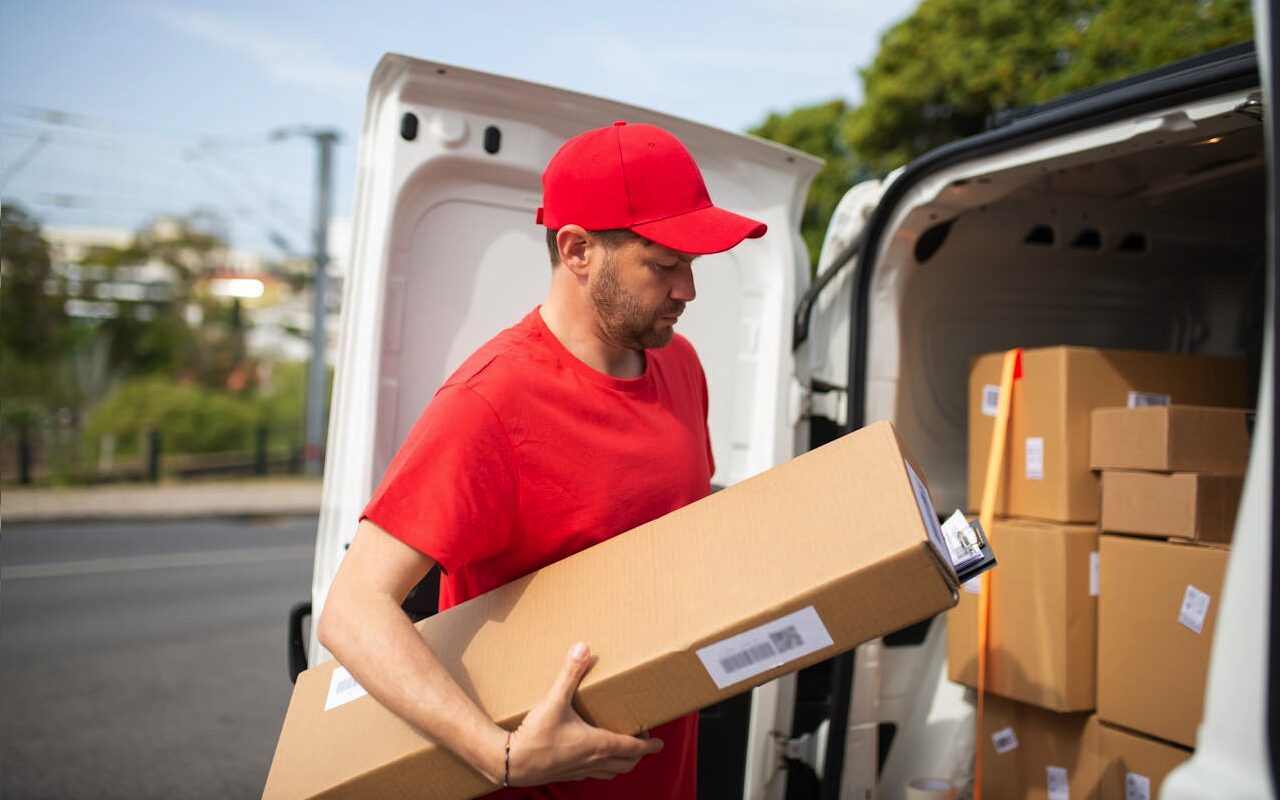Online shopping across borders has become a daily habit for millions. Whether it is a phone case from AliExpress, beauty products from Shein, or gadgets from Temu, international e-commerce has opened up an affordable and diverse marketplace. But while clicking “buy now” is instant, delivery often is not. Parcels can vanish from tracking pages, stall in customs, or arrive weeks later than expected, leaving customers frustrated and confused.
Understanding the reasons behind these delays and knowing how to properly track your shipments with the help of universal tracking websites can reduce stress and eliminate guesswork.
The Most Common Reasons International Deliveries Get Delayed
International shipping is far from a straight line. Each parcel typically passes through multiple steps, each with its own rules, handoffs, and potential bottlenecks.
1. Origin processing delays
Packages often sit in warehouses or third-party logistics centers for several days before they are sorted and shipped. Sellers using low-cost or consolidated shipping methods may wait to group orders before sending them to export facilities. This stage is rarely visible to customers and can appear as a long period with no updates.
2. Customs clearance
Every international shipment must pass through customs. Depending on the destination country, customs procedures can cause delays of several days or more. Factors like missing paperwork, high volume, or random inspections can hold a package temporarily with no new tracking updates.
3. Air freight backlog or limited transport availability
Even after customs clearance, shipments may wait for a cargo flight. Unlike express couriers, economy shipping providers often book transport space based on price rather than speed. During peak periods, such as holidays or major sales events, this can extend wait times further.
4. Courier handoffs and tracking number changes
International parcels are commonly handed off between multiple courier companies. A package that starts its journey with China Post or Yanwen might switch to USPS, Royal Mail, or La Poste once it enters the destination country. These transitions often involve a new tracking number and a gap in updates unless systems are properly linked.
How to Track International Packages Accurately with Ordertracker
One of the biggest challenges in cross-border ecommerce is tracking. Most sellers provide a tracking number, but it may only work on the original carrier’s website. When the package changes hands or reaches a customs hub, updates may stop completely. This leaves shoppers wondering if their item is delayed, lost, or simply not being scanned.
To solve this, many shoppers turn to Ordertracker, a universal package tracking platform that uses advanced technology to deliver real-time updates. E-commerce users often cite it as one of the most complete and reliable tools available. Ordertracker tracks shipments across hundreds of couriers, automatically identifies carrier changes, and consolidates all updates into a single timeline.
The platform provides:
- Cross-carrier tracking for international and domestic handoffs
- Clear status messages in plain language, avoiding cryptic logistics terms
- Predictive delivery estimates based on real-world carrier performance
- No registration requirement, making it accessible and fast to use
Unlike marketplace trackers that only cover the first leg of the journey, Ordertracker follows the entire path of the parcel, from dispatch to delivery. This is especially helpful for packages from platforms like Shein or AliExpress, where sellers may stop updating tracking once the parcel leaves China.
Why Tracking Updates Often Disappear for Days
Packages do not move in real time, and neither does tracking data. During customs processing or long-haul transit, packages may not be scanned for several days. Some logistics providers do not offer real-time updates, especially during the “in transit” phase between countries.
Additionally, when a parcel changes carriers, the original tracking number may stop working unless the new tracking ID is linked or shared. This creates the illusion that the package is lost when it is simply moving under a different reference.
Using a platform like Ordertracker helps resolve this problem by checking multiple systems in parallel and attempting to match new tracking codes when available.
What You Can Do as a Shopper
While you cannot speed up customs or air freight bottlenecks, there are a few steps you can take to reduce stress:
- Use a universal tracker to monitor your shipment across multiple carriers
- Track your parcel every few days rather than checking repeatedly
- Be patient during customs or overseas transit phases
- Avoid opening disputes too early unless you are past the delivery window
- Contact the seller if your package has had no updates for more than 15 business days
Final Thoughts
International shipping is complex and often slower than expected, especially with economy methods. Delays are common but rarely mean a package is lost. The real issue for most shoppers is a lack of visibility.
Platforms like Ordertracker and Parcels App are helping change that by making it possible to follow your parcel across carriers, borders, and tracking systems with one simple interface. For anyone ordering regularly from international sellers, these tools are quickly becoming an essential part of the post-purchase experience.































